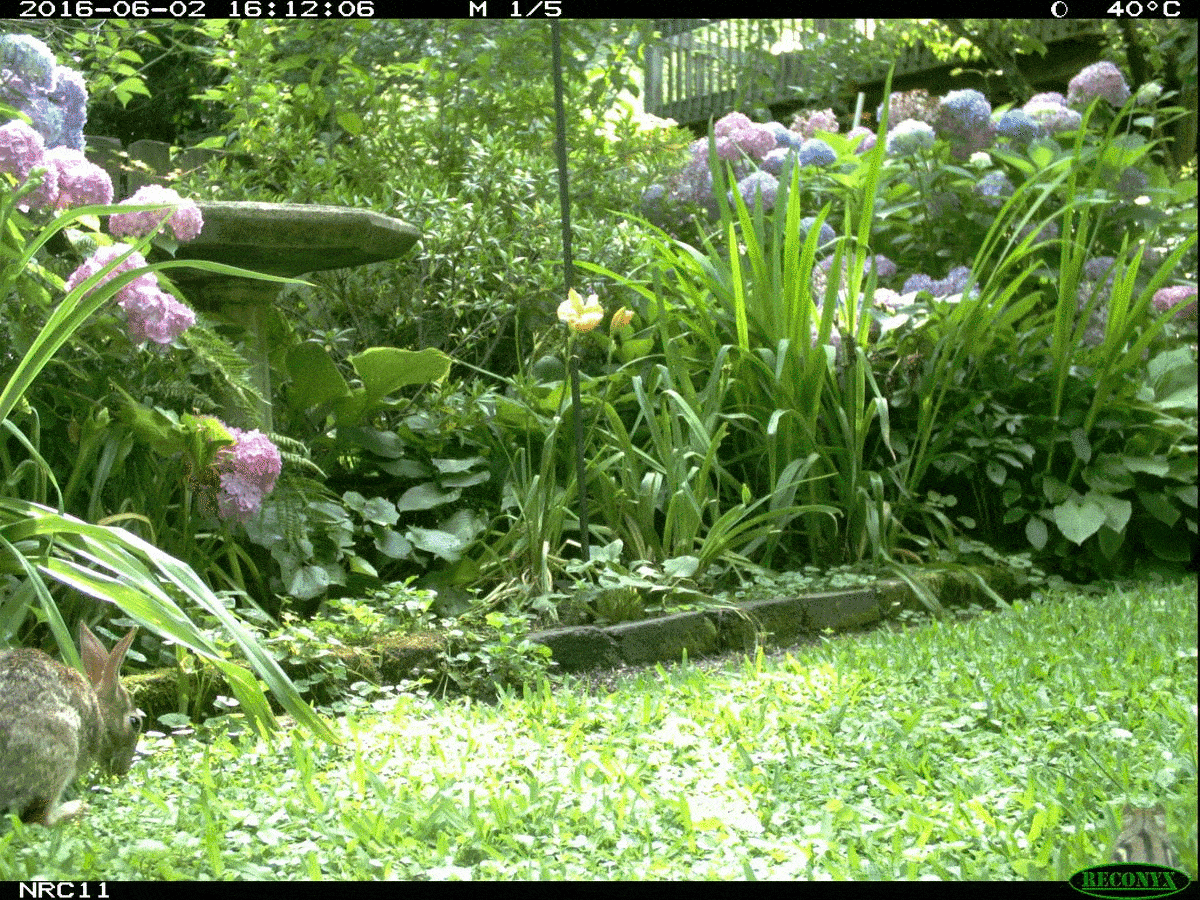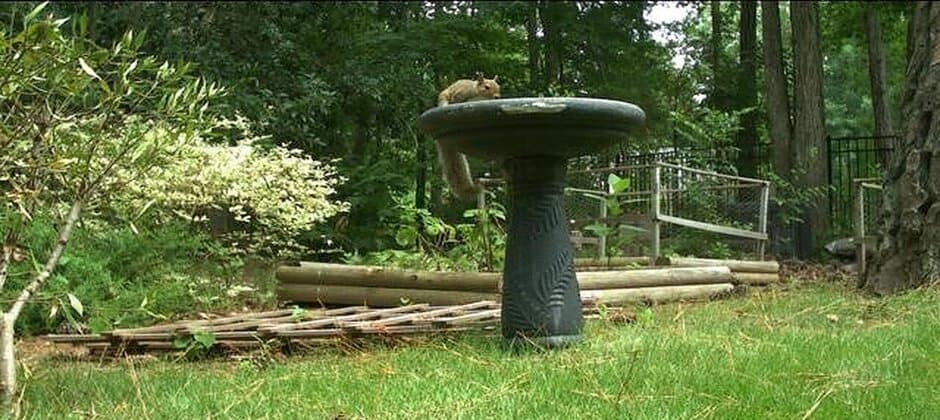Share this article
Wildlife is right in your backyard — literally
Some wildlife in North Carolina is more abundant in suburban backyards than in nearby forests, and some of these yards even display more species richness.
In 2016, scientists deployed camera traps in and around Washington D.C and Raleigh and found relative abundance of wildlife was quite a bit higher in suburban areas. That prompted them to take a closer look at what was going on.
“That was the impetus to follow up and say, that’s a little strange, but not totally unexpected,” said Arielle Parsons, a postdoctoral researcher at North Carolina State University and an author on a recent study published in Frontiers in Ecology and Evolution. “When you think about urbanization, you think [animals] are sensitive to this, and you think of their diversity going down.”
Parsons and her colleagues set out to find out if abundance really went up in suburban areas for some species, and if so, why. “When you look outside your windows, you see squirrels and raccoons. There’s a lot of wildlife in cities and towns. We’ve established that,” Parsons said. “The question then became, what is driving that?”
They also wondered how diverse species were in yards compared to rural areas. Parsons and her colleagues deployed camera traps in the backyards of 58 homes near Raleigh, Durham and outside of Chapel Hill, and in nearby forests, rural areas and urban areas. They focused specifically on things that could be used as wildlife resources such as animal feeding, vegetable gardens, compost piles, chicken coops, brush piles and water sources. “We had a whole network of citizen scientists in the city that were interested,” she said.
After going through the photos, they found plenty of the usual suspects: gray squirrels (Sciurus carolinensis), raccoons (Procyon lotor), opossums (Didelphis virginiana), gray foxes (Urocyon cinereoargenteus) coyotes (Canis latrans) chipmunks (Tamias striatus), cottontails (Sylvilagus floridanus) and deer (Odocoileus virginianus).

Raccoons were one species that was found more often in people’s backyards.
Image Credit: Courtesy Arielle Parsons
Parsons especially recalls one photo sequence that showed a cottontail and chipmunk looking like they were boxing. “We saw these kinds of interactions, which seemed like we can interpret as resource guarding,” she said. “Maybe the cottontail was guarding from the chipmunk.”

A sequence of photos put into a gif show a tiff between a cottontail and a chipmunk. The rabbit was likely defending a resource.
Image Credit: Courtesy Arielle Parsons
Carnivores, like raccoons, foxes or coyotes, seemed surprisingly tolerant of each other. “That’s not what you would expect of most species, because they are great competitors,” she said. “This speaks to the amount of food available. They don’t need to compete over it.”

While foxes often showed up in people’s yards, there tended to be more prey than predators.
Image Credit: Courtesy Arielle Parsons
When the researchers compared the photos to those in rural areas, they discovered that some of these species, like gray squirrels, raccoons and foxes were relatively more abundant in suburban areas. Others, like coyotes, tended to use rural areas more, although they still came in and out of people’s backyards. That means that the increase in prey in suburban areas didn’t draw more predators in, Parsons said. But overall, species richness and diversity was higher in yards and suburban forests than in rural forests, they found.
The team also looked at what was likely driving some of these species to people’s backyards. They determined food sources like birdfeeders, and to a lesser extent compost, are the culprit.

White-tailed deer often used people’s bird feeders or bird baths.
Image Credit: Courtesy Arielle Parsons
These human food sources can be problematic for wildlife, but that doesn’t mean suburban wildlife is all bad, Parsons said. “I think having wildlife in your yard and being able to look out of your window and see squirrels and raccoons is sometimes the only contact you have with wildlife,” she said. “It makes sure people stay connected in some way to outdoors and nature, and from that perspective I think there is a real benefit to it.”
But feeding wildlife, whether through birdfeeders or other means, can result in problem animals that can cause property damage, and wildlife can congregate and spread diseases, she said. “I can recognize the benefits to it, but also the drawbacks,” she said. “Individual homeowners need to weigh those.”
Header Image: Researchers found squirrels were more abundant in people’s backyards in North Carolina than in nearby rural areas. Image Credit: Courtesy Arielle Parsons








